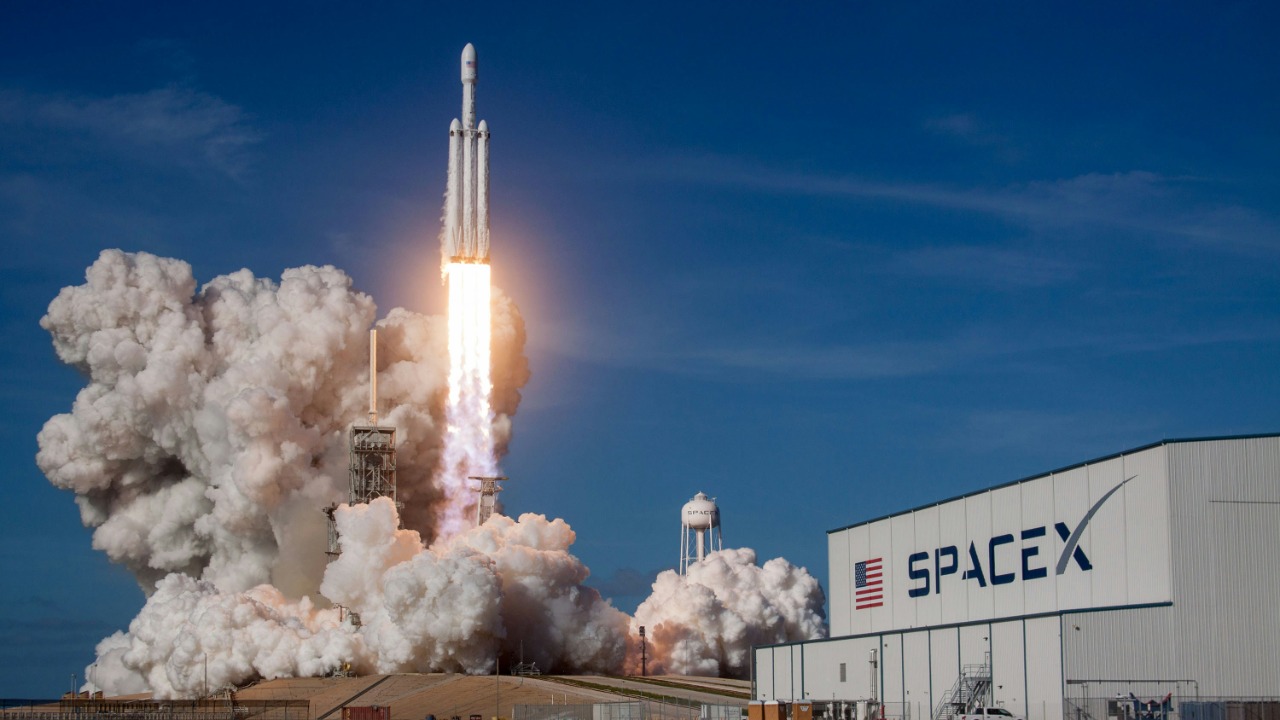
SpaceX has achieved an unprecedented milestone in the satellite industry by deploying 10,000 satellites into Earth’s orbit. This rapid expansion, as of November 12, 2025, has positioned the company as a dominant force in the industry, leaving competitors struggling to keep pace with SpaceX’s aggressive launch cadence and technological edge. The milestone underscores a transformative shift in global satellite infrastructure.
SpaceX’s Rapid Satellite Deployment
SpaceX’s achievement of launching a total of 10,000 satellites into Earth’s orbit is a testament to the company’s strategic planning and operational efficiency. The company’s strategy behind flooding orbit with this volume of satellites in a short timeframe is a clear demonstration of its commitment to revolutionize global connectivity. The date of November 12, 2025, marks a significant escalation in SpaceX’s satellite deployment, setting a new benchmark in the industry.
SpaceX’s operational efficiency has been a key enabler in this deployment. The company has managed to launch these satellites without causing major disruptions, a feat that speaks volumes about its technological prowess and logistical capabilities. This achievement is a testament to SpaceX’s commitment to pushing the boundaries of what is possible in space exploration and satellite deployment.
The Starlink Network’s Core Role
The primary purpose of these 10,000 satellites is to be part of the Starlink constellation, aimed at providing global broadband internet access. The low-Earth orbit placement of these satellites is designed to minimize latency, ensuring fast and reliable internet connectivity. The exact count of 10,000 satellites, as reported on November 12, 2025, is a key metric that underscores the scale of SpaceX’s ambitions.
Initial user impacts from the expanded network have been positive, particularly in remote areas. The expanded network has enhanced connectivity in these regions, bringing the benefits of high-speed internet to communities that previously had limited or no access. This is a significant step towards bridging the digital divide and democratizing access to information and opportunities.
Competitors’ Challenges in the Race
SpaceX’s 10,000-satellite milestone has left competitors struggling to keep pace. Companies like OneWeb and Amazon’s Kuiper are facing significant challenges in matching SpaceX’s progress. The gap created by SpaceX’s orbital saturation has underscored the company’s dominance in the industry and has potential implications for market share shifts.
SpaceX’s dominance in satellite numbers and launch frequency could lead to a significant shift in market dynamics. Competitors will need to ramp up their efforts to stay relevant in this rapidly evolving landscape. The race for space is heating up, and SpaceX’s latest achievement has set a high bar for others to follow.
Technological Innovations Driving the Expansion
The deployment of 10,000 satellites into Earth’s orbit was facilitated by SpaceX’s reusable Falcon 9 rockets. These rockets have been instrumental in enabling SpaceX to achieve the scale of deployment reported on November 12, 2025. The Falcon 9’s reusability has not only reduced costs but also increased the frequency of launches, allowing SpaceX to rapidly expand its satellite network.
Advancements in satellite design, such as compact, mass-produced units, have made it feasible to flood the orbit with a large number of satellites. Additionally, technological innovations like inter-satellite laser links and autonomous collision avoidance systems have been crucial in managing such a dense constellation of satellites.
Implications for Global Connectivity
The deployment of 10,000 satellites has significant implications for global internet access. The orbital flooding event reported on November 12, 2025, marks a pivotal step towards enhancing worldwide internet access. The expanded coverage could lead to significant subscriber growth, particularly in underserved regions.
Partnerships and regulatory approvals have played a crucial role in supporting this connectivity push. These collaborations have enabled SpaceX to navigate the complex regulatory landscape and secure the necessary permissions to deploy its satellites. This has been instrumental in accelerating the company’s progress and achieving its ambitious goals.
Orbital Management and Future Launches
With 10,000 active satellites in Earth’s orbit, SpaceX has outlined strategies for deorbiting obsolete satellites. This is an important aspect of sustainability and responsible space exploration. The company’s plans for additional launches to maintain or expand beyond 10,000 satellites demonstrate its ongoing momentum and commitment to its mission.
SpaceX’s future plans also include the use of Starship for scaling future deployments. This next-generation spacecraft is expected to play a crucial role in maintaining SpaceX’s lead in the industry, particularly given the slower pace of competitors. The race for space is far from over, and SpaceX’s latest achievement is just the beginning of a new era in global connectivity.
More from MorningOverview